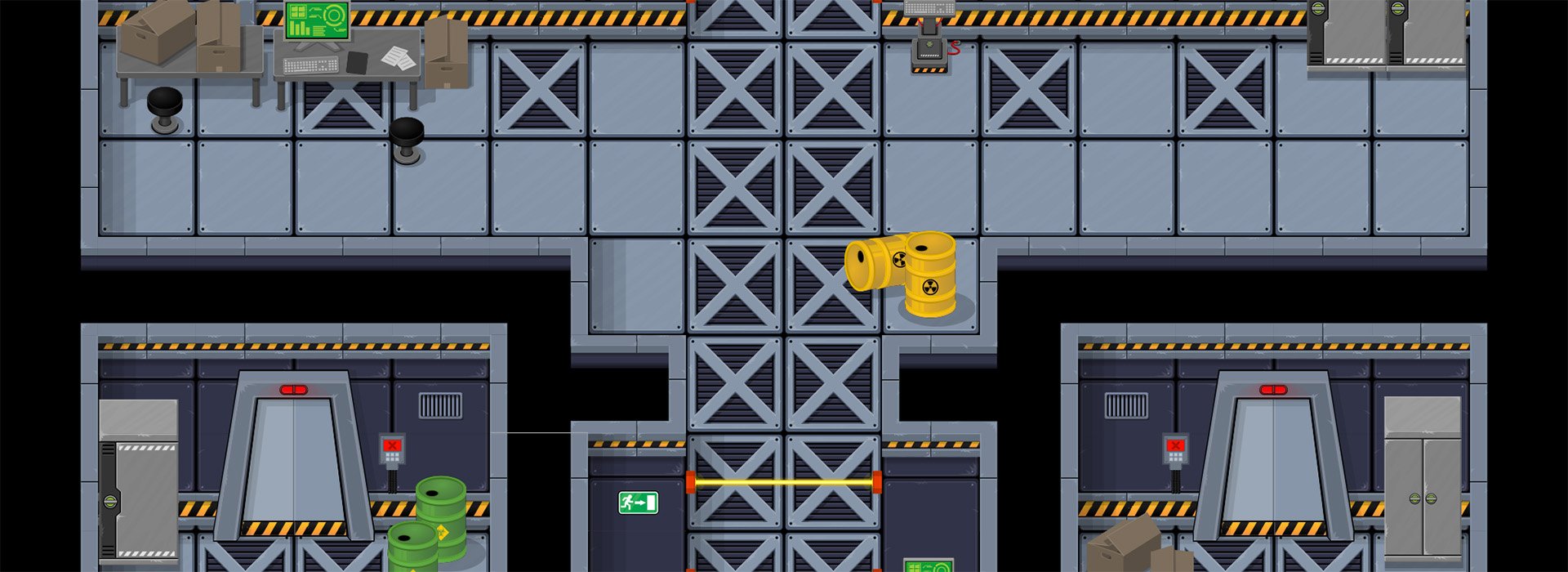Setting up a Gamification Programme
Every company faces challenges in training and developing competencies in their workforce. The traditional instructor-led classroom has its place but if you want to avoid death by PowerPoint, adding gamification to the company's training toolbox has several benefits, not least of which is it's simply much more fun and engaging. Other benefits include avoiding the logistical nightmare of organising training sessions for large numbers of employees. It can also help to reduce ongoing costs associated with booking trainers and travel costs of off-site employees.

"Yet while gamification sounds appealing on many levels, it needs careful consideration to maximise its training potential. So what are the key considerations companies should take into account when introducing a gamification programme?"
– Helder Figueira, Business Development Leader, Spain & Portugal
The why of gamification
Consider your reasons for introducing a gamification programme. Is it to standardise training for thousands of employees or to improve training engagement? Perhaps it's to be used as a tool to enhance understanding of company culture across a global workforce or health and safety. For large corporations, gamification offers the advantage of training large numbers of employees in a standardised way so that an employee in New York acts in the same way as an employee in Berlin. We also know that, compared with traditional training where learning retention is often as low as 10%, the repetitive nature of gamification can improve engagement which presents a quick training win for companies of all sizes. Understanding your reasoning for gamification will help lay the groundwork for games that best reflect the reasons for their introduction.
Alternative or complementary?
The introduction of a gamification programme does not necessarily mean you should close the classroom door forever. A blended training strategy will provide a more comprehensive way of covering a broader range of training needs. Depending on whether training is required for customer service or health and safety, specific training modules and audiences will require more traditional face-to-face training that involves discussion, group work or shared experiences. In these cases, companies should consider gamification as complementary rather than an alternative training tool. In turn, this will dictate the blend of gamification versus traditional training and its specific function that needs to be considered at the outset.
"Compared with traditional training where learning retention is often as low as 10%, the repetitive nature of gamification can improve engagement which presents a quick training win."
– Helder Figueira, Business Development Leader, Spain & Portugal
Know your audience
Workforce demographics can often tell us a lot about potential training engagement and success rates; whether the workforce is mainly female or male, young or middle-aged, educated or non-educated, can help develop the right level and frequency of training. This is equally important when introducing gamification. We know that Millennials (aged 23 to 38) are among the most tech-savvy generations, particularly compared to Gen X (aged 39 to 54) and Baby Boomers aged 55+. Knowing your gamification users better will help determine the training games most likely to resonate and how employees can access them. For example, Millenials are comfortable with smartphones, whereas Baby Boomers may prefer a tablet or laptop. Best-in-class gamification training that is highly customised to workforce needs will achieve the best buy-in.
Customise content
The technology behind gamification is what makes it both appealing and addictive. If you consider how often you have watched your favourite film versus how many times you have played an online game, you get a clear idea of how gamification can work well in a training context. At the same time, companies should not overlook the importance of content. Does the game's training content accurately reflect the lessons you need to convey? Is it designed clearly and understandably so that learning progresses? Also, consider customising content so that the game mimics company premises, logos, uniforms or avatars of colleagues, managers, and even the CEO to add resonance. Adding a competitive element so that users are encouraged to improve scores or beat a colleague helps improve engagement. Best-in-class gamification is where top quality content and hi-tech combine instinctively.
4 lessons to strengthen your gamification strategy
Lesson #1:
Start at the beginning
Don't be tempted to skip steps when introducing a gamification programme. Understanding its purpose and how it will fit in with your current training strategy will help control costs and strengthen the implementation process.
Lesson #2:
Take a blended approach
A good training strategy will often combine traditional face-to-face and gamification depending on the audience's training needs. While gamification cannot replace human reaction and interaction completely, it can help improve engagement and standardise company training initiatives.
Lesson #3:
Do your research
Understanding how your workforce is likely to react to gamification will help develop the most appropriate training games and smooth the delivery process. Consider employee surveys to gauge reaction and help develop introductory game sessions.
Lesson #4:
Content is king
Without the right content, a training gamification programme lacks purpose and meaning. The same level of care and attention on the content of face-to-face training needs to be applied to gamification.
"Compared with traditional training where learning retention is often as low as 10%, the repetitive nature of gamification can improve engagement which presents a quick training win."
– Helder Figueira, Business Development Leader, Spain & Portugal
Join the movement
Sustainability is imperative and has become a key focus for all organisations. dss+ has supported small and large companies worldwide in strengthening, developing and implementing sustainable strategies to keep businesses operational in a safe manner.
As sustainability priorities take centre stage, we invite you to join the movement on preparing your teams for future sustainability challenges together.
Business leader

